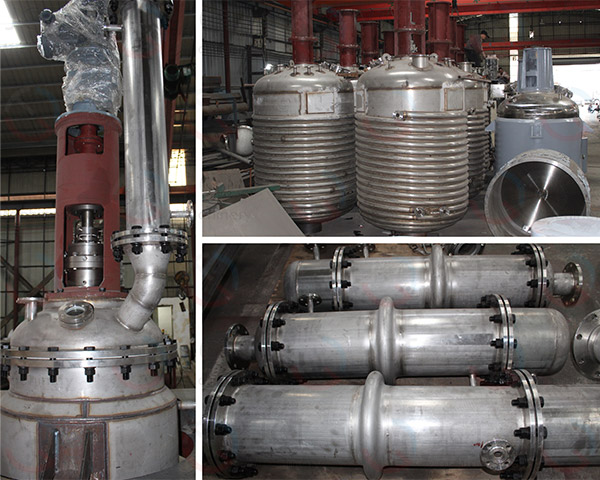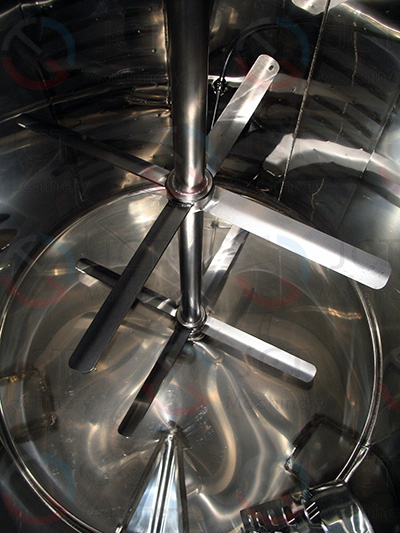 JCT
JCT
 Aug 06,2025
Aug 06,2025

1. Film-forming and bonding
Resin is the primary film-forming substance in glue. After curing, it forms a strong adhesive layer, bonding two surfaces together.
2. Imparting mechanical properties
Determines the strength, toughness, and wear resistance of the glue.
3. Chemical and physical properties
Different resin types result in different glue properties, such as heat resistance, water resistance, and chemical resistance.
1. Corrosion-resistant materials
Stainless steel (SS304/316) is commonly used to prevent corrosion from acids, alkalis, and solvents in the resin raw material.
2. Hacket heating/cooling system
The jacket or inner coil can be heated with thermal oil electric heating, or steam to ensure precise and controllable reaction temperature.
Some resins require high-temperature polycondensation (around 200℃), so high-temperature resistance is crucial.
3. High-strength structure
Resin reactions often involve high viscosity and high reaction pressure (especially for some synthetic resins). Therefore, reactor body and support must be sufficiently strong and have high-quality welds.
4. Diverse mixing system
Commonly used mixing systems include anchor, paddle, frame, ribbon and disperser types, depending on the material viscosity and reaction stage.
High-viscosity resin can be equipped with variable frequency drive and dual mixing systems.
5. Good sealing performance
The top seal is typically mechanical or packing to prevent solvent evaporation and the ingress of external impurities.
6. Condensation reflux system
In solvent-based resin production, a top-mounted condenser and reflux line are installed to recover solvent and reduce emissions.

1. Precise temperature control
Resin reaction temperatures fluctuate widely, and temperature control accuracy directly impacts molecular weight and performance.
High-quality reactors can achieve control accuracy of ±1-2℃.
2. High-temperature and pressure resistance
Adaptable to high temperatures of 200-250℃ (or even higher) and certain positive/negative pressure reaction conditions.
3. Efficient mixing and heat transfer
The jacket and mixing system combine to ensure uniform heating of the material, preventing local overheating and agglomeration.
4. Compatible with various resin production
One set of equipment can accommodate a variety of resin processes, including alkyd, unsaturated, acrylic and epoxy resin, providing a high return on investment.
5. Environmentally friendly and safety design
Enclosed reaction chamber reduces VOC emissions.
Equipped with a safety valve, bursting disc, and nitrogen blanketing system to prevent overpressure and oxidation.

Resin reactor's stirring system can be flexibly customized according to the material viscosity to ensure uniform reaction and stable product quality. It is also equipped with a condensation reflux and environmentally friendly emission system to help customers reduce energy consumption and emissions, and improve production efficiency and product competitiveness.
